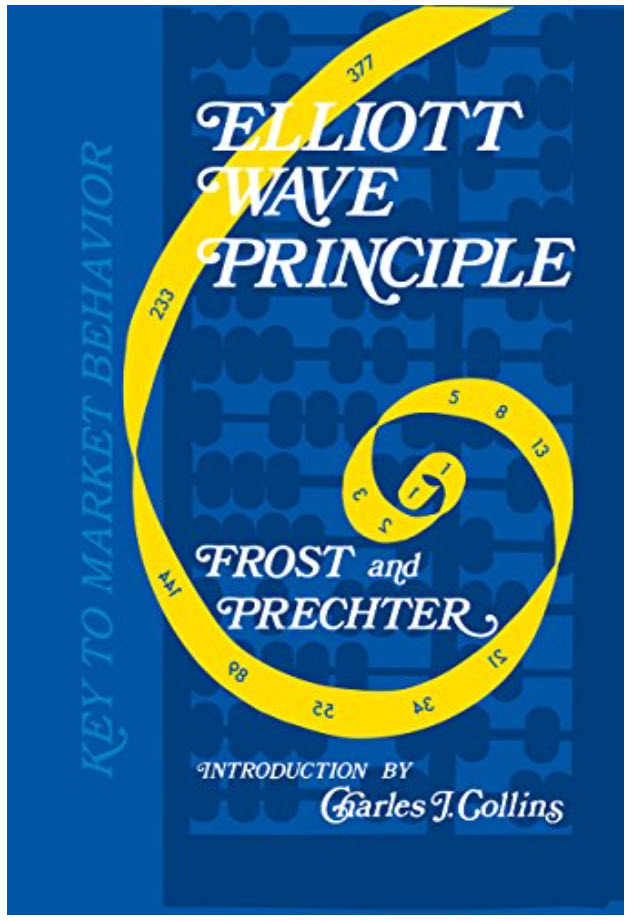Elliott Wave Analysis of the French CAC & the Dow Jones Industrial Average by Sid from ElliottWavePredictions.com. Click on the charts twice to enlarge.
After today’s surprising rally following the historic midnight U.S. Government shutdown, one of my long-time subscribers asked: “Is the top in or not”. It is a good question, and one that is on the mind of many. In the ensuing search for clues that could lend more confidence to an answer, I found something unusual. The blue chip Dow Industrials may have put in a top before not only the U.S. mid-caps, but also before the European stock markets.
In defense of the “No, there is likely going to be another new high” answer, I present a 240-minute chart of the CAC, the equivalent of the DJIA in France. It shows that the move down from the September 19 high is clearly corrective, suggesting that there will be a new high soon, likely topping inside a strong Fibonacci target zone between 4265 and 4316.
However, a look at the DJIA provides evidence to the contrary. Certainly, the downward movement from the September 18 high is more impulsive looking than in the CAC, but more to the point of this post, there is a potential Fibonacci time relationship very near that Sept 18 date that suggests that a significant top is “in”. According to research published by Wayne Gorman (of EWI), and likely others going further back, in a 5-wave impulse, the beginning or ending of a 4th wave will commonly divide the duration of the entire impulse into the Golden Section, with the start-through-wave-3/4 section either lasting .382 of the total time needed to complete the entire impulse, and the following wave 4/5 upper section lasting a duration of .618 of the total, or, the start-through-wave-3/4 taking up .618 of the total time needed, and the upper wave 4/5 section filling the remaining .382 duration. Importantly, if either waves 1 or 3 of the impulse was extended, it is most likely that the upper section will use up only .382 of the total time elapsed by the end of the entire impulse.
In the immediate case of the Dow, since wave 3 was 2.97 times the length that wave 1 was, it was most definitely extended. When wave 3 is longer than 1.618 times wave 1, it qualifies as an “extended” wave. So, notice the blue lines at the top of the DJIA chart.
The start of wave 1 though the start of wave 4 (blue) lasted 127 days, so 79 days was required of waves 4 through 5 to complete the upper .382 duration section. Notice that 79 days from the start of wave 4 ended just 2 days prior to the September 18 top. Close enough. This Fibonacci time-relationship, along with an impulsive initial move to the downside support the main count shown above for the Dow, that the September 18 top will hold.




